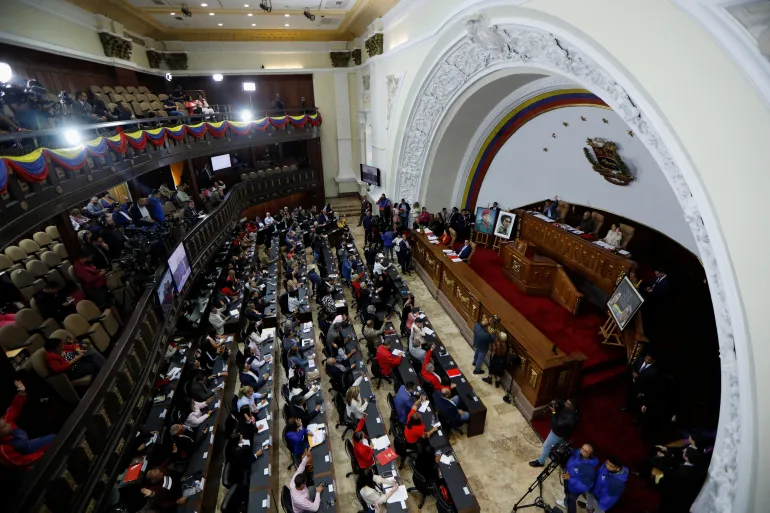In the last two decades, women’s relationship with alcohol has changed dramatically — and not in a good way.
A growing number of women are drinking more often and in larger quantities, and now, the health consequences are catching up.
A new study published in Clinical Gastroenterology and Hepatology highlights a disturbing trend: heavy drinkers today are twice as likely to develop alcohol-related liver disease compared to 20 years ago. And women, in particular, are at rising risk.
The Sobering Stats
- Alcohol-related deaths among women more than doubled between 1999 and 2020.
- Deaths from alcohol-related hepatitis, a severe liver inflammation, nearly tripled in women during the same period.
- The rate of liver scarring in heavy drinkers jumped from 2% to over 4% in the last two decades.
So, what’s going on?
Back in the day, men outpaced women when it came to alcohol. But today, that gap has basically closed.
“Drinking rates between men and women are now almost 1 to 1,” says Dr. Sherry McKee, director of Yale’s program on sex differences in alcohol use disorder.
Women are delaying marriage and childbirth, spending more time in college (where alcohol use tends to spike), and facing intense stress from work and home life — all of which contribute to longer, heavier drinking patterns well into midlife.
Add in the glamorized marketing of wine and cocktails as tools for “relaxation” and “self-care,” and you’ve got a perfect recipe for trouble.
It’s not just how much women are drinking — it’s also how their bodies process alcohol. Compared to men, women:
- Have less water and more body fat (which leads to higher blood alcohol concentration)
- Have lower levels of alcohol dehydrogenase, the enzyme that helps metabolize alcohol
This means the same number of drinks can be more toxic for a woman’s liver than a man’s.
Here’s the scariest part: you can have liver damage and not even know it.
“Even with cirrhosis — the end stage of liver disease — people can feel perfectly fine,” says Dr. Brian Lee, lead author of the study and liver specialist at USC’s Keck Medicine. “It’s a silent condition, which makes it even more dangerous.”
That’s why honesty with your doctor about alcohol use is critical, he says. The sooner they know, the sooner they can screen for damage and possibly prevent it from getting worse.
The study found four groups now make up a greater share of America’s heavy drinkers:
- Women
- Adults 45 and older
- People living in poverty
- Those with metabolic syndrome — a combo of obesity, high blood pressure, and high blood sugar that increases the risk of liver damage
Between 1999 and 2020, the percentage of heavy drinkers with metabolic syndrome jumped from 26% to nearly 38%.
“It’s like a perfect storm,” says epidemiologist Dr. Katherine Keyes. “You’ve got more alcohol consumption paired with rising obesity and diabetes. That mix is hard on the liver.”
According to the CDC:
- Women: 8+ drinks per week
- Men: 15+ drinks per week
Researchers analyzed health and drinking data from over 44,600 people between 1999 and 2020. Even though average alcohol consumption stayed flat overall (except during the pandemic), more people in high-risk categories are now drinking heavily, which is why the liver damage numbers are climbing.
Social stigma plays a big role in why women don’t seek help sooner, experts say.
“It’s becoming a hidden epidemic,” says Keyes. “Many women wait until the condition is serious before they see a doctor.”
But liver disease is treatable — especially if caught early. That’s why Lee and his team hope this research leads to more screenings and honest conversations about drinking habits.
NBC News, the Independent and US News & World Report contributed to this report.










The latest news in your social feeds
Subscribe to our social media platforms to stay tuned